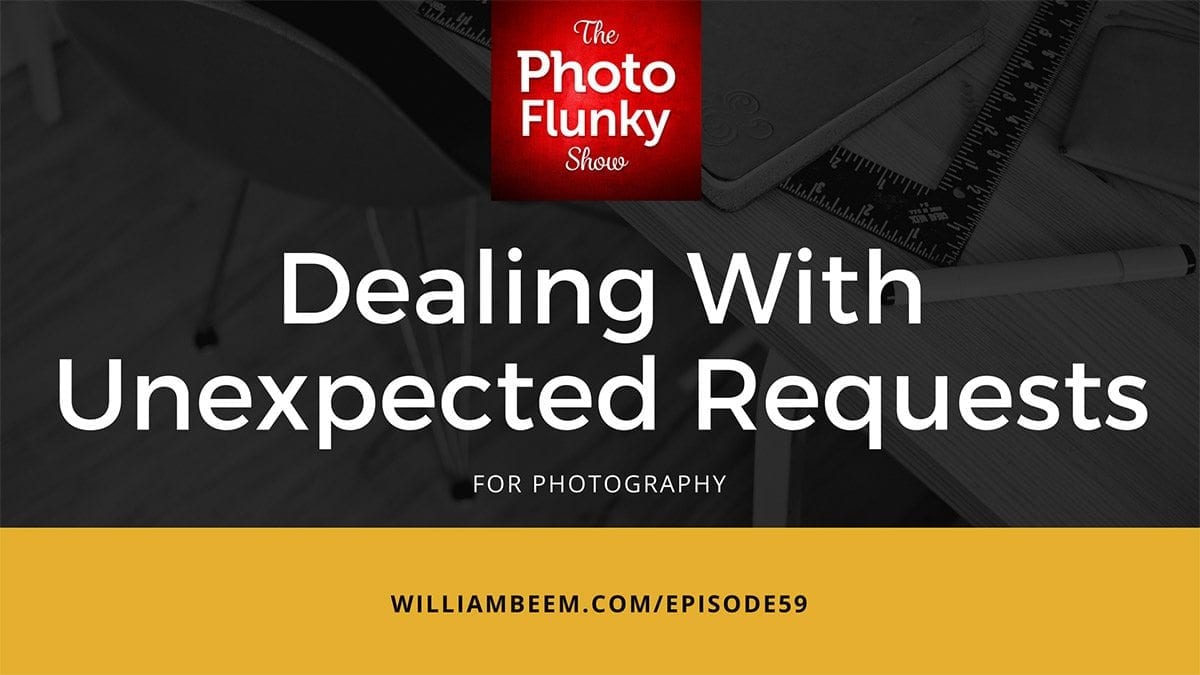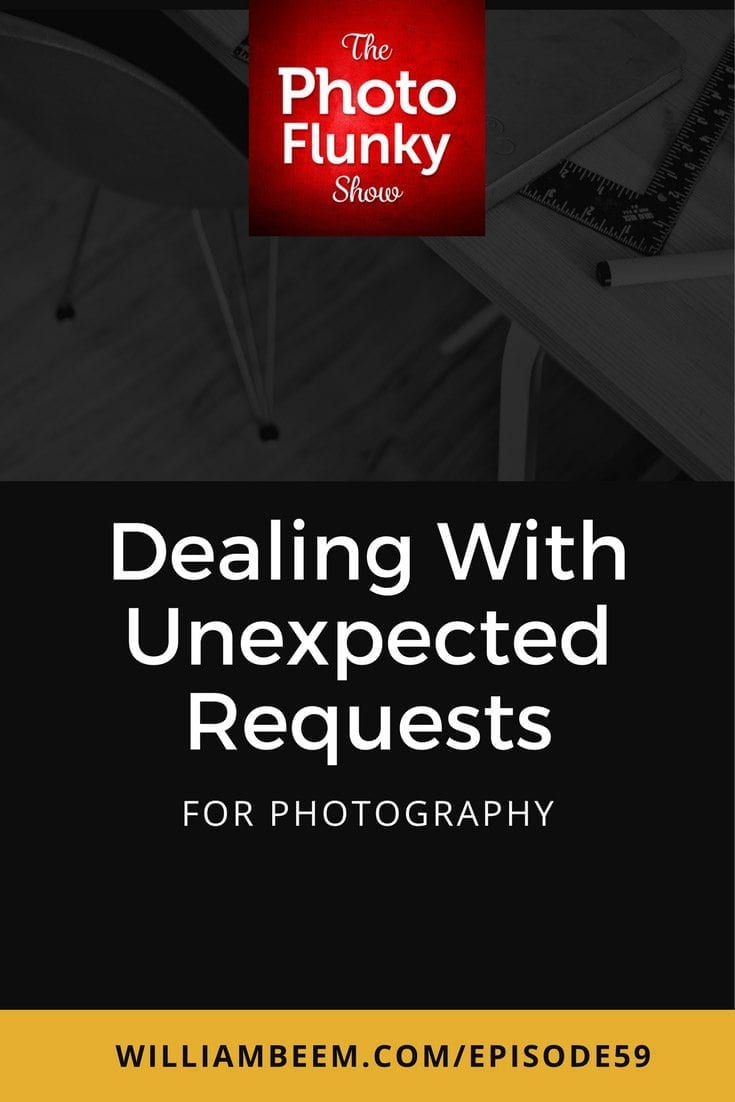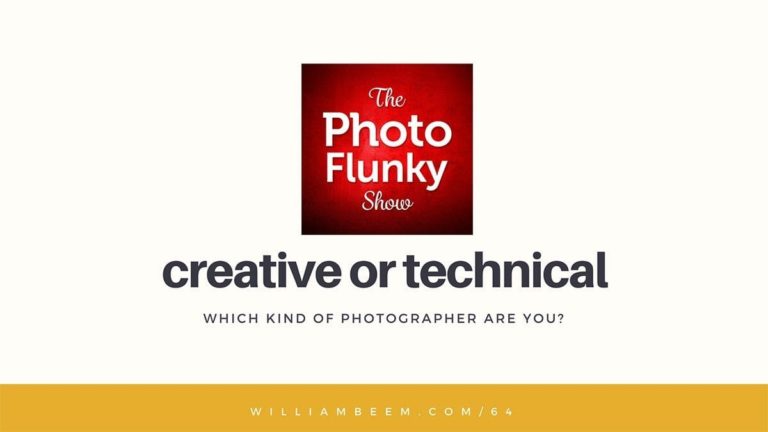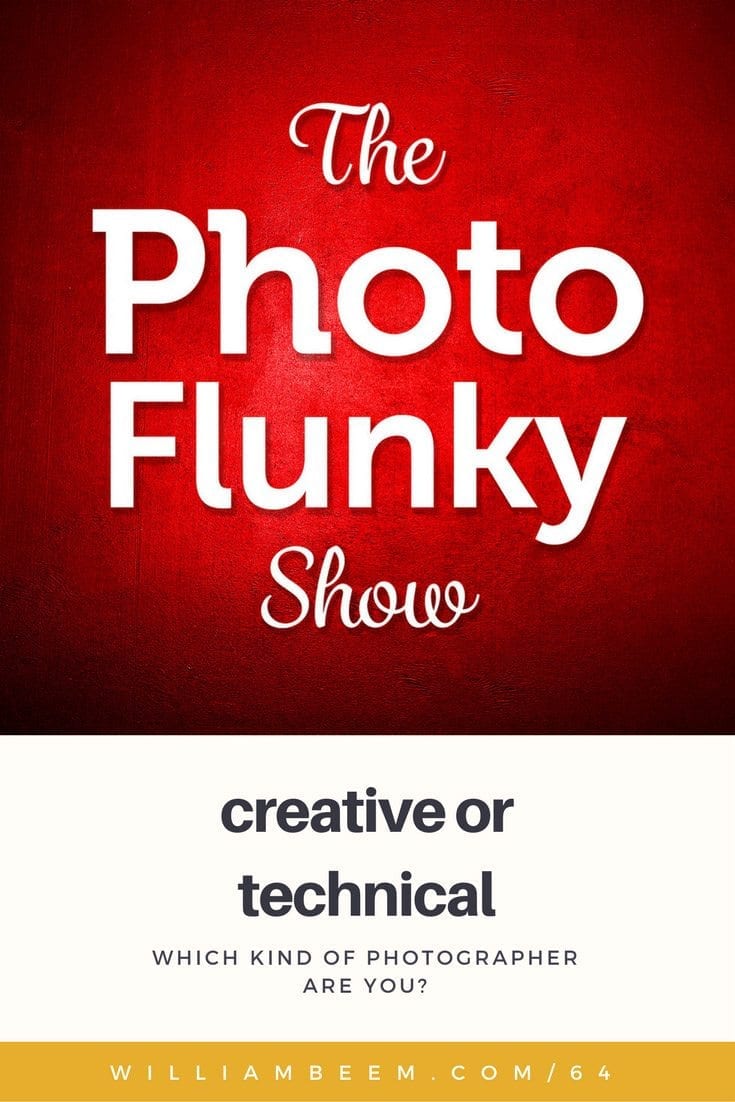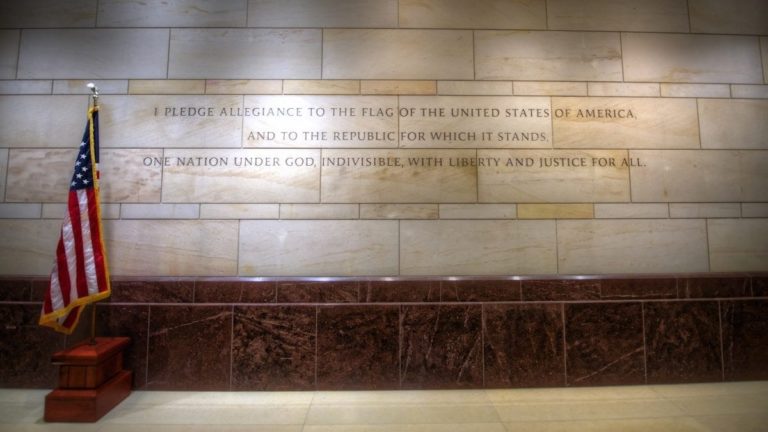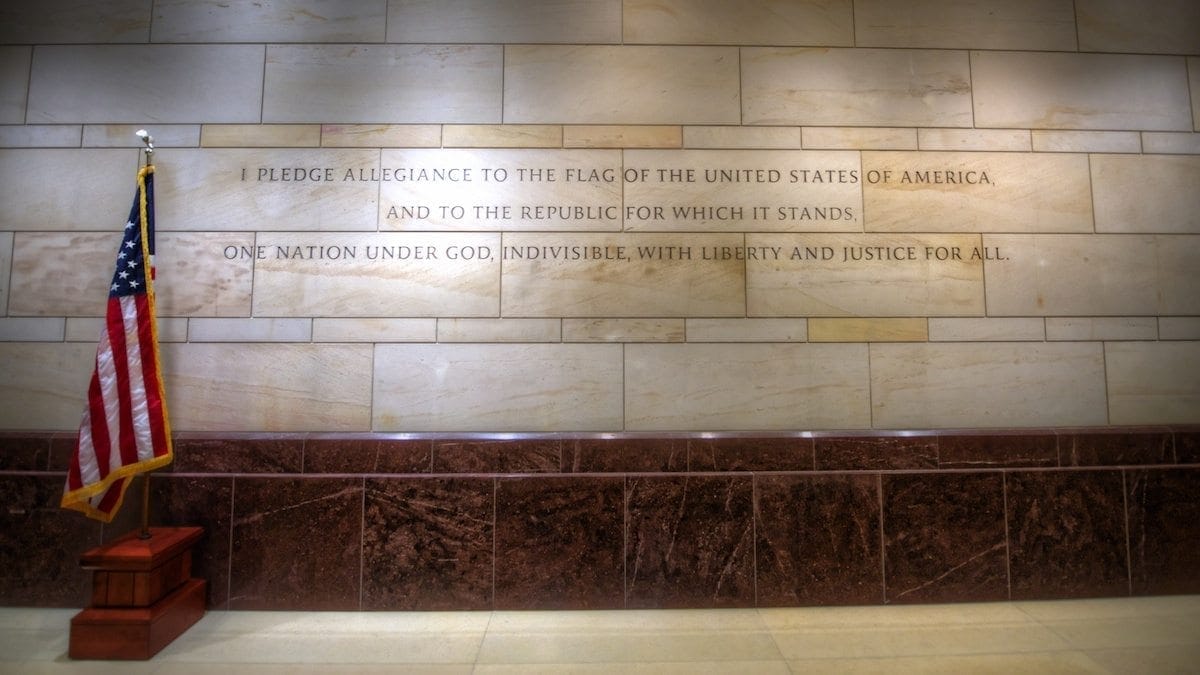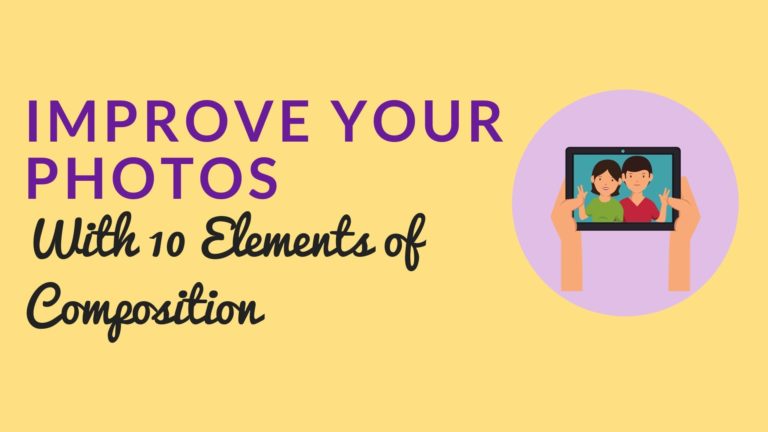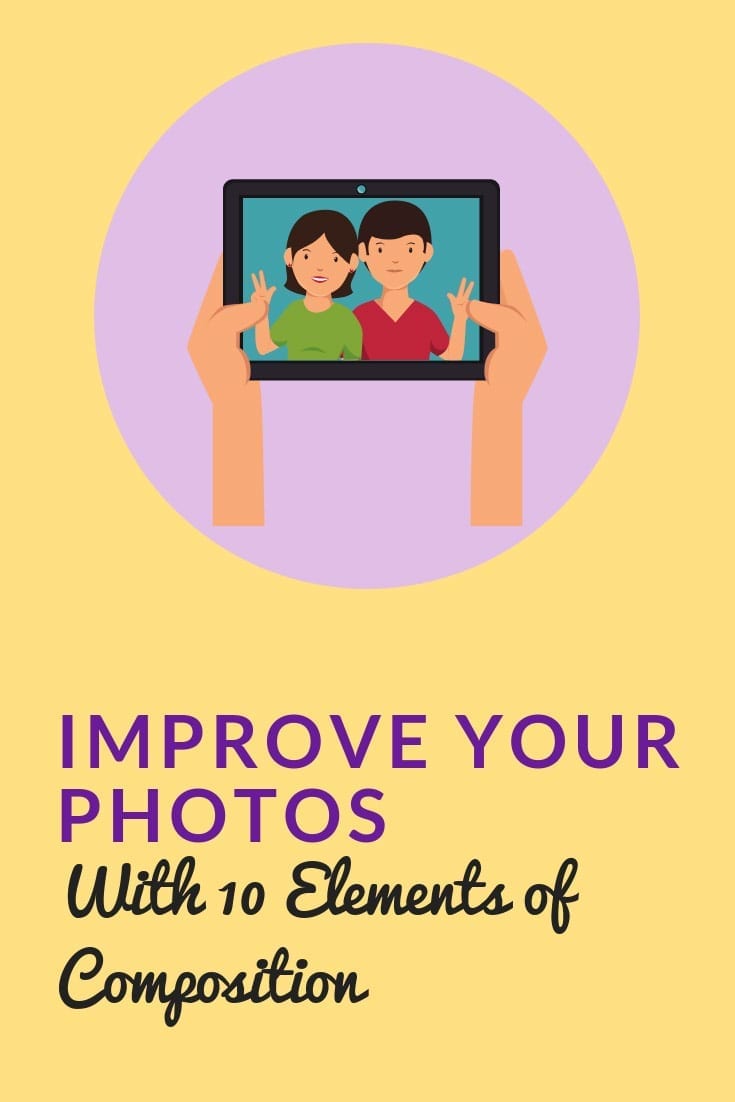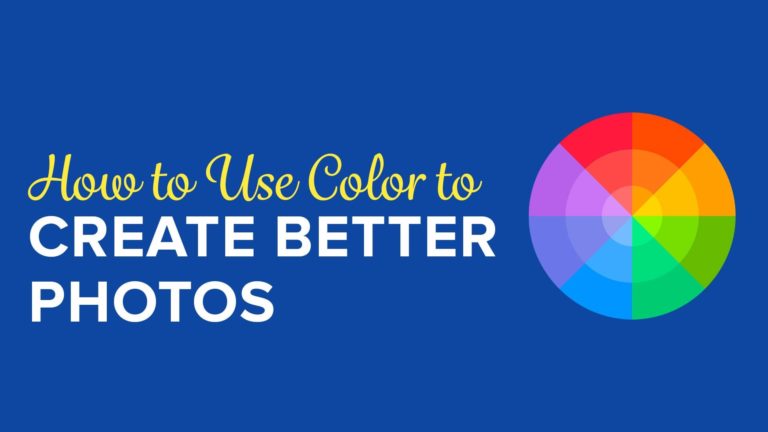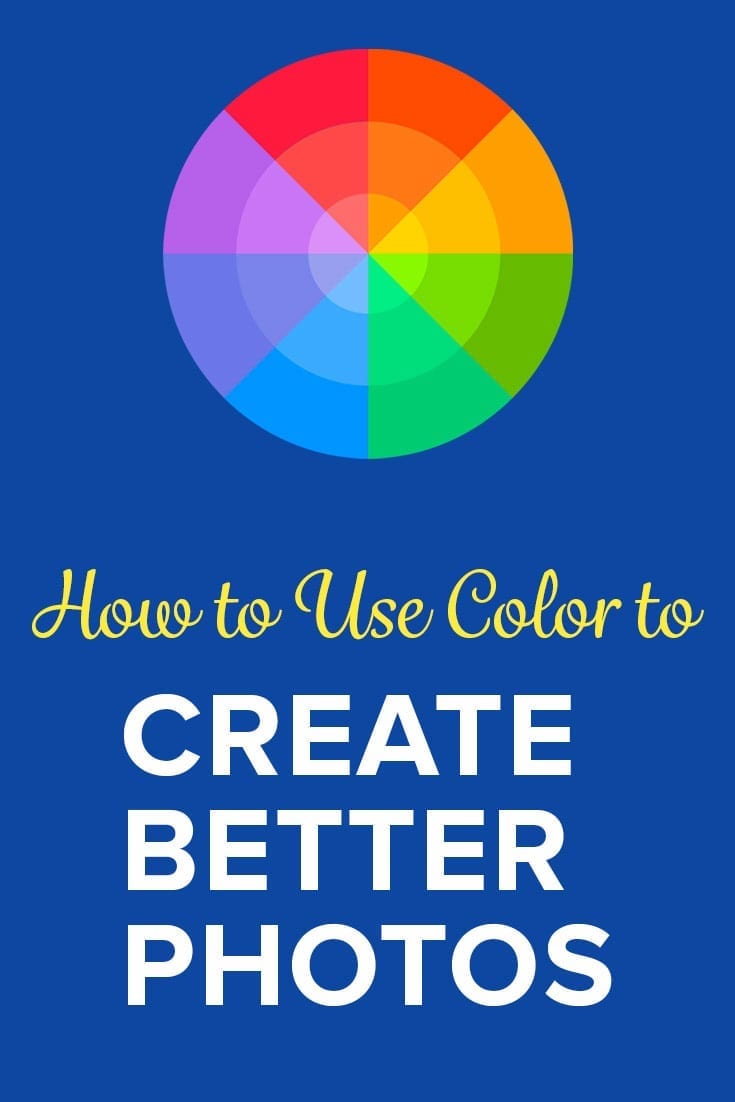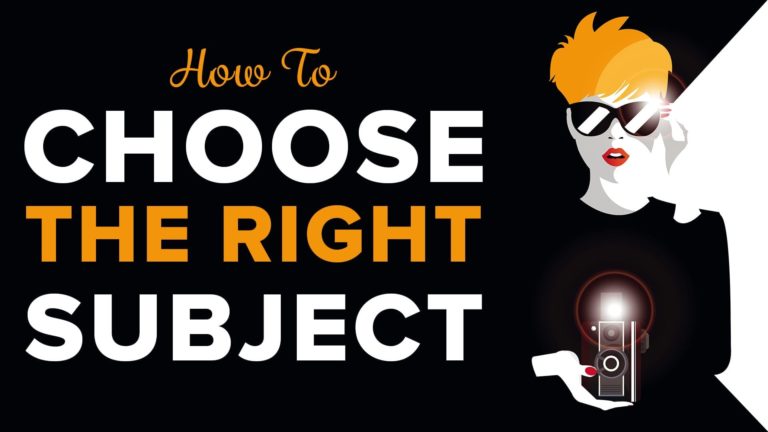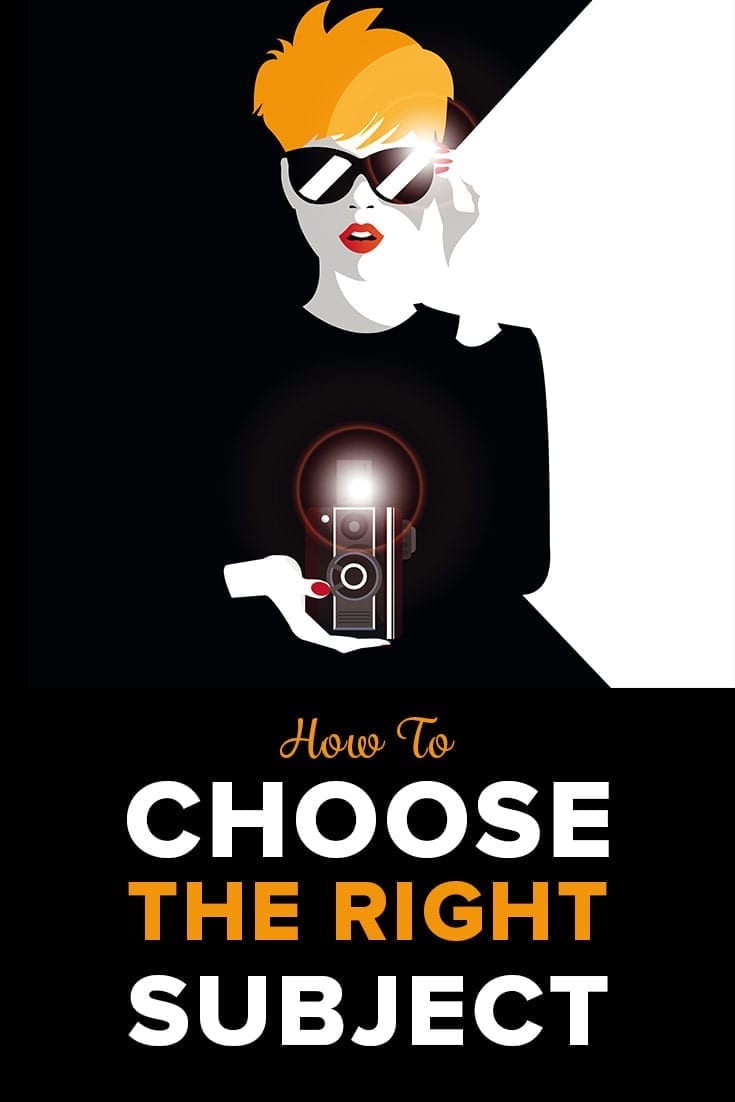Affiliate Disclosure: We earn a commission if you purchase through one of our links at no additional cost to you.
Unexpected Requests for Photography Services Can Be a Trap
How do you handle unexpected requests for photography services or sales?
Imagine this scenario. You’re into photography because you love it and you’re building a body of work. Taking time to improve your craft for the joy of it.
Then someone comes along and wants to give you money for your photography.
It’s flattering. Then you start to think about it and it may become a bit of pressure. It’s not like you were advertising your work for sale or offering services.
Worse, it’s not enough to make a business out of your photography.
In this episode of The Photo Flunky Show, we talk about three scenarios that can come up with amateur photographers.
- Small print sales
- Photo usage rights
- Photography services
Photographers Get Unexpected Requests All the Time
If you put your work online, people are going to notice. If you’re work is good, someone will want it. That’s not a bad thing at all. In fact, I’ve earned good money from buyers who are searching on Flickr for art.
You never know when you may have the right photo for someone’s office.
The problem is knowing how to deal with the request. When should you say “yes” and when should you say “no?”
We’ll discuss some of these issues and why I prefer not to take on client work, but also why it may be good for you if you do it properly.
Transcript
THE PHOTO FLUNKY SHOW: Episode 59
Links to subscribe to the show:
You can find links to this episode and all of the other ones at photoflunky.com
iTunes: williambeem.com/itunes
Google Play Music: williambeem.com/googleplay
Stitcher Radio: williambeem.com/stitcher
Blubrry: williambeem.com/blubrry
Keep up with us on social media:
Twitter: @photoflunky
Facebook: William Beem Photography
YouTube: William Beem Photography
You can find links to this episode and all of the other ones at photoflunky.com and of course if you’d like to subscribe, we would love that. Go to at williambeem.com/itunes or williambeem.com/googleplay or williambeem.com/stitcher or even williambeem.com/blubrry
William: Welcome to the Photo Flunky Show, Episode number fifty-nine.
Our topic for today: We’re going to talk about how you deal with unexpected requests as a photographer.
Thank you for joining us on the Photo Flunky Show. My name is William Beem.
Lee: My name is Lee Beem.
William: Every once in a while you get these little unexpected requests and I’m talking about most of us that I think are probably listening to the show; people who are not necessarily into photography as a profession, but more as a serious hobby.
And occasionally you’ll get someone who comes along and wants something and you are totally unprepared to deal with it.
Lee: That’s exactly the words I was going to use. It just catches you off guard.
William: It’s happened to me a number of times. I know it’s happened to you and I’m expecting that it’s happened to people who are listening. But before we get into all that, let me go ahead and say show notes are going to be available at williambeem.com/episode59 and of course you can get a free transcript of the show there. And you can find links to subscribe at photoflunky.com.
One other thing I want to bring up. I created a free eBook on Creative Portraiture. At least that’s the name of it. And it’s 36 pages, some of which are useful.
Lee: It’s a lovely book. It really is.
William: It just shows a lot of examples of how you can use creativity in your portraiture. It’s not a technical book. It is a creative book and it’s free. You are welcome to it. Just go to williambeem.com and you’ll see a number of links there where you can get the eBook for free.
Lee: And you’re allowed to share it with a friend.
William: Absolutely.
Lee: Or lots of friends if you’re popular.
William: If you think someone else will appreciate it, by all means, feel free to pass this one around.
OK, so let’s get down to this and when we’re talking about how you deal with unexpected requests as a photographer, we are talking mostly about people who are doing this not as a business but because they enjoy it; because they are enthusiastic about photography. And a lot of amateurs have gone out and created some really beautiful work and sooner or later someone is going to come across and say, “I’d like that. I want what you’ve got.” Or “I want you to do something different for me.”
Lee: Yes.
William: Then it’s like you think, oh but I don’t do this as a business so what do I do next?
Lee: I know. It just completely catches you by surprise.
William: Let’s start off with one that just came to me recently. I had a request for one of my photographs as a print. It’s my photograph of the Wold War II Marine Memorial – you know, where the Marines are hoisting the flag – and someone said, “I really like that. I would like a 5×7 copy of it for a friend of mine who is coming home from the Marines.”
And it’s a simple, honest request. I can understand why they want to do that, but I typically don’t sell prints as small as 5×7. I’ve sent a note back asking. I said, “Well, one: I’m flattered. It’s not something I typically do but how do you want it? Are you just looking for a photo print? Are you looking for something framed? Do you want it on canvas?” I don’t know. I’m not really prepared for something that was not something I would typically sell.
Lee: Yes. And I think that’s the other thing. When it’s not something you typically do, you need to step back and say, OK. What is it about this that makes me feel uncertain? Just because it’s different isn’t enough. You need to find out what it is that they are really wanting and I think that’s the bottom line for any request. What exactly is it that you’re wanting and why?
William: But there’s the other half of it. Is it worth your time to do it?
This one I really respect what somebody is doing and what they’re asking for. There are a ton of photographs that they could probably find something of that memorial without necessarily having mine. It’s flattering that they asked me for one, but I’m sure there are plenty of places that they can get it.
Here is the reason why I typically don’t do 5×7 prints. It’s not really profitable. Unless you do them in bulk, it’s not really profitable to print off a 5×7 then ship it off and do all that stuff. Because how much can you charge for something that is readily available elsewhere?
Lee: That’s true. But you know, sometimes it’s nice to do something.
William: It is and I think that’s a judgment call.
Now requests for prints sometimes are different than that. I’ve had some corporate buyers who have come along and wanted some of my prints or wanted some of my art for their offices and those were on a larger scale. Those were like 24×36 prints. Some were prints, some were canvas, but they were looking for something that is going to hang on the wall and that’s a different story. Those I think are worth … you can charge enough overhead over what it costs to print that, that it’s profitable and it’s worth your time to do it.
Even if you do that, you still have to be prepared to invoice them. I mean if a corporation comes to you, they pay off of invoices.
Lee: They do.
William: I found some services like Gumroad will help you set up invoices or online sales. Fresh Books or I think Quick Books will also let you generate invoices. If you want to make a business out of this. But you know what? If you’re doing it just kind of as a one-off and you kind of got surprised by it, you’re probably going to go off and print something up in Microsoft Word or Pages on a Mac.
Lee: That’s absolutely fine. Just make sure that you have the necessary information in there so do a little bit of homework first to make sure that yourself and your buyer is protected.
William: Yes. That way you say here’s what I’m providing you, here’s what the cost is, here is when payment is due. But it kind of takes you by surprise the first time someone approaches you with that.
Even what to charge!
Lee: My reaction the first time, and it actually wasn’t for money – it was just to use one of them and they did ask and I respected that, but I think my initial reaction was, why? Why my photo? Why? There are nice photos out there. Why do you want mine?
William: Well, that happens quite a bit. Let’s go ahead with yours. I mean we are talking about photo usage so someone asked you. You had a photo that they wanted and they are asking you for permission to use it?
Lee: They did and it was for some social media platform. I forget what. I think most of mine have been requests to use as a cover photo or as a featured photo on some kind of post or something. I have never asked for money for it because I’ve never seen my photography as a business. I have always just done it for the love of it and part of the love of it – part of the reward that I get (and that’s not to say it’s always going to be that way – is being able to share it.
If somebody appreciates it, that to me was pretty meaningful. So I have always said yes.
William: It is flattering. Someone comes up and says, “I saw your photo on Flickr. I’d like to use it.”
I think, really? Mine? Cool!
Lee: Yeah.
William: And then the question is, OK what do you want to use it for? How long do you want to use it? Is this something I can charge for?
Lee: Yes, and I didn’t have the experience or the knowledge to even think of those questions, but I don’t have any regrets. I mean I made somebody happy. It didn’t cost me anything and I didn’t lose anything, because I wasn’t, and I’m not, selling photos. Not at this point, anyway.
William: That’s one of the things that I think sets off a lot of people in the photography community. People come up and ask to use your photo for free. Now clearly it costs you money to take the photo. I mean you’ve got to buy the gear, you’ve got to go someplace, you’ve got to take it ….
It costs money to create a photo. And then here they come along and want it for free.
If it’s somebody for a social media profile, well they are just making a request. I don’t have a problem with that at all. However if somebody is doing it for a business purpose? I’ve had a number of magazines that have asked me. Oh, I really like this photo. I’d like to print it. Unfortunately we don’t have a budget.
Lee: Yeah, that’s kind of hmmm!
William: And I think you know, it’s like if you are trying to make a profit then don’t cut me out of it.
Lee: I think I was always presented a request with an offer for a linkback and given that it was social media, they were not making money off of this. It never occurred to me to charge. If somebody asked that now, I still wouldn’t charge, depending who it is I suppose.
William: I’ve done that a number of times for people. They asked for social media. I’ve said yes. As a matter of fact for a while I used to even create some of my work as Facebook headers.
Lee: Yes. I’ve used all of them!
William: And I sold them for like a really inexpensive price. Like maybe five bucks or something.
Lee: It was five bucks for the bundle. Yes.
William: You know, some people bought them and they used them and I thought I’m OK with that. It was just one other package. I thought if there is a bit of demand for it, then somebody will take them.
Lee: Yes.
William: But there were also people who were looking for things in business that wanted to use them.
I’ve had a congressman approach me about my photo of the Capitol and wanted to use it. He makes … he’s got a vineyard so he is making wine.
Lee: Ooh, I want to be a congressman!
William: It’s a shame you weren’t here!
And that deal didn’t come through. I do actually have that photo hanging in Congress, but I don’t have it for that particular congressman on his label for wine. Just because it just didn’t come through. It was like what have you got to trade for it in exchange for it?
He said, “Well I can send you a case of wine.”
I thought well, I didn’t want a case of wine.
Lee: That’s because you weren’t married to me.
William: I was not married to you at the time.
Lee: I would have talked you into it.
William: But photo usage is probably the most common request that I get.
“Hi, I like your photo. I want to use it.” And I think OK. And some people will even ask. They will say it’s for a commercial purpose. How much do you charge? And that is really the tricky thing. Are they looking for something that they are the only user of it so it’s exclusive to them? Are they looking for … how are they going to use it?
Is it going to be on a product or is it going to be hanging on a wall someplace?
Lee: Is it going to be used repeatedly and are they going to make money from using it?
William: Are they going to use it in a publication of some kind? And they will start asking questions.
Some people have spent thousands of dollars on my photos; other people have balked when I charged them $25 to use it.
Lee: Yeah, it just depends on what they …. that really tells you where they see the value, doesn’t it?
William: Well, I’ve decided for myself that I am no longer really in the market to give my stuff away to anybody who is trying to do something for a profit.
Even like if it’s a non profit, but it’s a publication where they are getting or generating some kind of income, I’m thinking well if you’re generating income then you can spend some income.
Lee: Yes.
William: Everything costs money. So that’s kind of my rule for photo usage. If you are generating some kind of income, even if you end up at a loss overall, it doesn’t matter. It costs you money to print. Nobody is going to print your magazine for free.
Lee: That’s true.
William: This is just part of the cost of putting the magazine together and you have to decide if it’s worth it or not.
I will negotiate my price based upon the usage and I’ve got something on the footer of my website for license requests. And I don’t specify pricing specifically there, but I’m kind of at the point now where it’s like the minimum is $250 to be worth my time.
Lee Yes.
William: It’s like if you want it, it’s going to be $250 at least for something where you are going to generate some kind of income because other than that, I have got other things to do. I’m not really worried about selling something for $12.
Lee: I understand that.
William: I mean an automated system like what I did before with the Facebook covers, that’s different. I put it up there once and then the sales take care of themselves. But if I’ve got to do something custom for each customer, that doesn’t scale and it’s got to be worth your time.
Lee: It does. I understand that because it takes you a number of hours sometimes to put everything together and the time spent negotiating and communicating and then getting it ordered, putting together your letter and your agreement. A few hours for $12? I understand that. Not worth it.
William: No, it’s really not. And that’s where I think the request for photo usage depends on how you value your time.
If you want to donate something to somebody, I have absolutely no reason to tell you not to do it. Because those are personal judgments. But a lot of people are going to come to you looking for something for free just in case they get it. Because they have probably been told no by another photographer somewhere.
Lee: Probably.
William: And the last one on our list was requests for photography services. Basically someone says, “I like your work. I’d like you to take a photograph for me.”
Lee: Yes. I’ve done that with you.
William: Have you, now?
Lee: Yes. I need some photos taken for my website.
William: Yes. Lee is coming up with her own website and she needs more photos taken.
Lee: I need photos taken because apparently iPhone selfies are really difficult for people like me because I’m an old girl so I don’t carry it off with the same flair that a fifteen year old does.
William: Well you’re coming up with a running website so you need something of you running and you can’t really … you don’t want to be carrying a clicker in your hand trying to run and then time when you’re going to take the shot.
Lee: Oh my goodness, that does not work!
William: I’ve had requests from people who wanted me to do portraits with their pets. I’ve had requests for people to have me come into restaurants and take photos and those are things that I really don’t do. And it’s because I made a purposeful decision that I don’t want to take clients.
Lee: Yes.
William: So now if somebody came to you and said, “I want you to take my photos.” Or, “I want you to photograph my restaurant.” How would you approach it?
Lee: I would ask them why and where they want to use it. Because I need to find out what the value is to them so that I can determine whether this is going to be worth my while. I think for something like that I would charge. I would want something back for it.
William: And I think that’s the case. If they are asking you for photography services, they know that it’s going to cost them something.
Lee: Because going out, to use the example of photographing somebody’s restaurant, they are probably wanting more than just the restaurant. They are going to want food photos, they are probably going to want photos of maybe the chef and people preparing things. I’d need to find that out as well. But the bottom line is that is going to take a lot of time. I would need to prepare for it. I’d need to get information, because I think that is something if you are not into photography, you don’t really have to consider this. But a lot of planning and preparation goes into it.
You need to find out that you have the right gear. It might mean going out and buying a small camera accessory or something that you need to help you with the lighting. It might – it probably and possibly would require a visit beforehand so you can assess the area and the lighting there so you know what you’re going to need.
William: Everything you’re saying is falling into what I would do as well. It’s a lot of time planning. You are going to need to do your research. You need to do your planning before you even come up with the shots. So you need to know what do they want? How are they going to use it?
You need to go look at the environment or where you’re going to be taking the photographs. Basically you need to understand what they want so you can not only deliver, but you can kind of over-deliver a little bit. And all that planning is part of your fee.
A lot of people come up and say, “I want you to take a photograph of me.” They think it’s just a matter of one of you shows up at the other’s location and click the shutter. They don’t realize that there’s a lot of planning that goes into it before and there’s a lot of post operations that happen afterwards.
You’ve got to finish the photos and they are going to be looking for prints or select photos.
Lee: And particularly if they know what they are looking for. Or even worse I think if they don’t really know what they want, but they don’t know until they see it and then there is the back and forth of you send them stuff as proofs and they say, “Well I would prefer … Can you do this? Can you do that?”
And then you’re redoing them.
William: Oh, if you get into reshooting then ….
Lee: No, no, I mean with the post processing. If they are looking for extras. I’m not even touching on reshooting.
William: But that’s kind of the thing. If you don’t have it really nailed upfront as to what they want and you’re looking at the results, they say, “Well I really would have rather had something with a fire coming in the back of the kitchen.”
Well, OK.
Lee: Where was the fire?
William: Then we need to back and shoot again. Then are you looking at an hourly rate for your services or did you give them a flat fee and then suddenly you’ve got to spend more time and you’re not going to get any more money out of it.
Lee: See that’s a good point because I’m more the kind of person who would charge a flat fee. I think that’s how I work. And that makes me rethink what my approach would be.
I mean, I don’t do work for clients. It’s not what I do.
William: Well, this is one of the reasons I don’t want to do work for clients. There’s a lot of time investment into it. There is the back and forth. You can go in there after you’ve done this a few times, you probably get burned a couple of times and then you realize things that you need to put into a contract.
Lee: Yes.
William: But look at what you’re getting into. You’re getting into contracts. You’re getting into time invested and this doesn’t scale. What you do for one client doesn’t necessarily work to help you with another client.
Lee: But also another thing on this topic is I see a lot of photographers getting justifiably upset because people don’t really understand how much work goes into it.
The reality is if you don’t do photography, you’re not going to understand. Because the average person – why are they wrong to assume that you just slide out of bed into a pair of jeans, throw some sneakers on, put your camera over your shoulder and make sure the battery is charged and show up?
And then upload the photos and email to them.
That is really what they think it’s all about. But anything you do, whether it’s photography or something else, there is a lot of additional time that sometimes is even more substantial than the time doing the task itself, in the preparation and in tying things up and making it all into a nice package.
William: And that kind of ties back to something we talked about earlier. You still have to bill them and follow up on the billing to make sure you get paid for what you’re doing.
And all this came from an unexpected request for something that you typically don’t do.
My typical answer for requests for photography services is, thank you, no. I will see if I can refer you to somebody else who does it for a living.
Lee: That’s sometimes the better thing to do. Let the best person for the job do it. Now if you are trying to develop some skills in that area, then you know, select your opportunities. Maybe take something that’s not too daunting, but enough of a challenge to allow you to grow.
And expect and be prepared to be burned a few times.
William: Perhaps. I mean this is a big thing if you get into putting yourself out there as a service for somebody else. Not so much for prints or photo usage. That can possibly develop into a business that doesn’t require a lot of extra work. All you’ve got to do is say, OK. What are you going to do and how am I going to bill you for it?
Lee: Yes.
William: But if you’re going to go out there and put yourself out as a professional photographer even though you weren’t expecting to be one, it’s a lot of work and I think a lot of people may not be prepared for all the things that are going to come up.
And it’s bad if both sides go away dissatisfied. Or even if one side goes away dissatisfied.
Lee: That’s true. And often the person who asks you, especially if they don’t know anything about photography – which generally they don’t or they’d be doing it themselves – they don’t really know exactly what they want.
Now I like so-called ‘difficult clients’. People refer to them as difficult clients, but people who are extremely particular and they know exactly what they want and they will sit there and say, “No, not that. This.”
William: You can serve those people.
Lee: They are the easiest people to work for. I know that a lot of people starting out might see them as painful, but I love working for a boss or anybody who knows exactly what they want. But the reality is sometimes you don’t know exactly what you want, but you’ve got an idea because you’ve seen something, but you don’t want to copycat something else, because you want yours to be unique. So you kind of go in there and say, “Well, I sort of thought maybe this and maybe that …”
William: But that’s the upfront time, I think, where you say, “I sort of thought…”
By the time you go into a shoot you want to know what you’re expected to collect for it.
Lee: Yeah. There is no sort of anything.
William: Because if you don’t get it in that shoot, you have to go back and reshoot or else you get … you lose the client and then you don’t really come up with much of anything. Because they’re going to have a hard time wanting to pay you, especially if you weren’t smart enough to get a contract.
Lee: And that’s where I think you need to discuss this and explain to them. I need to know exactly what you want, because you are protected under that if we have an agreement, but if it’s very loose and vague, you’re going to be charged for a reshoot. I don’t want to do that to you. You don’t want me to do that to you. So let’s figure this out together.
William: Well, my thought is that there has to be some kind of upfront fee, at least as a deposit so your time is covered.
You may go through and do the shoot and they may say, “I don’t want to do anything that you did.”
And you say, “I still provided the service you requested.”
And that gets into a bad situation if you didn’t plan things well upfront.
Lee: Yeah.
William: So this is why I typically say no. I don’t want to do photography services. Not that I can’t meet a customer’s needs; it’s that I don’t want to do that for a living.
Lee: No, I think you’ve really got to have … there’s a special passion and a little bit of a gift that goes into working with people. It’s a very personal level. Even in business.
William: Well, it can become a very expensive thing. I look at some of the professional photographers and commercial photographers that I know and they are aware. It’s like you don’t just usually show up with a camera and click off a few frames and then say, “Here you go.”
It is a lot of lighting. There are assistants, there are people on there to keep track of everything; there are contracts involved. If you are going to get into photography services it may not necessarily be a commercial thing. It may be somebody who wants you to do their portrait.
Lee: Yes.
William: You can do it. But there is also risk associated with it and the question is do you want to accept that risk? And do you want to proceed?
I wouldn’t tell you don’t do it, simply because it’s not my preference. All I’m saying is if you are going to deal with doing photography services, even if it’s just like – you know – somebody that wants you to take a picture of her with her dog, just make sure everything is planned out and signed and agreed to before you set foot there with your camera to do some shooting.
Lee: Make sure you’re both protected. You want to protect your clients.
William: Yes!
Lee: And you want to protect yourself. I mean you take a photo shoot and the dog decides he doesn’t like the smell of your shutter and he bites you on the arm, what happens?
William: Well I hope that’s not the case, but that’s where insurance and more things come into play.
Lee: Well, yes, but there are so many things you need to think about and you actually need to sit and work backwards and say, OK if I were a pessimist …. You know, the prophet of doom – what would they say?
William: And here’s what happens to me. After I think of all this stuff and I come home with a rate, if this is for somebody who just wants something for their Christmas card cover, that rate is more than they are going to want to pay.
Lee: Yeah.
William: It’s happened before. I come up and say this is what I’m going to charge you for this and they look and say, “Wow! Why is it so much?”
Then I start laying it all out there and they say, “I never thought of that.”
And I’ve done that a few times and decided, do you know what? I don’t want to do client photography.
Lee: But what you could do, if you did want to do that and they just wanted a Christmas card photo is say to them, “Look, it’s not worth my while and it’s not worth yours just to do a Christmas card photo. However, if you’d like a mini family portrait session and then you can select the covers you want for your card or use various ones, I’d be happy to put together a mini package.”
William: I like that because it’s a bit of an up sell and that makes it where they get something extra that maybe they hadn’t considered, but it makes it worth your while to do it and they get what they want, plus a little bit more.
Lee: Yeah, I mean they have to get themselves dressed and ready. They have also got preparation time. Really, for one photo? Hmm.
William: Yeah there is never just one photo. I can’t think of a single time I’ve walked up and just taken one click and said, “Got it!”
Alright, that’s all we have for this week. We hope you’ve enjoyed this. If you’ve got any questions or comments, please let us know. You can find links available at williambeem.com/episode59
Also, we would really appreciate it if you would subscribe to the Photo Flunky Show. You can find links available for iTunes, Google Play Music and more at photoflunky.com
And finally, don’t forget to claim your free copy of Creative Portraiture at williambeem.com/freebook
Thank you so much. We’ll see you next week!

